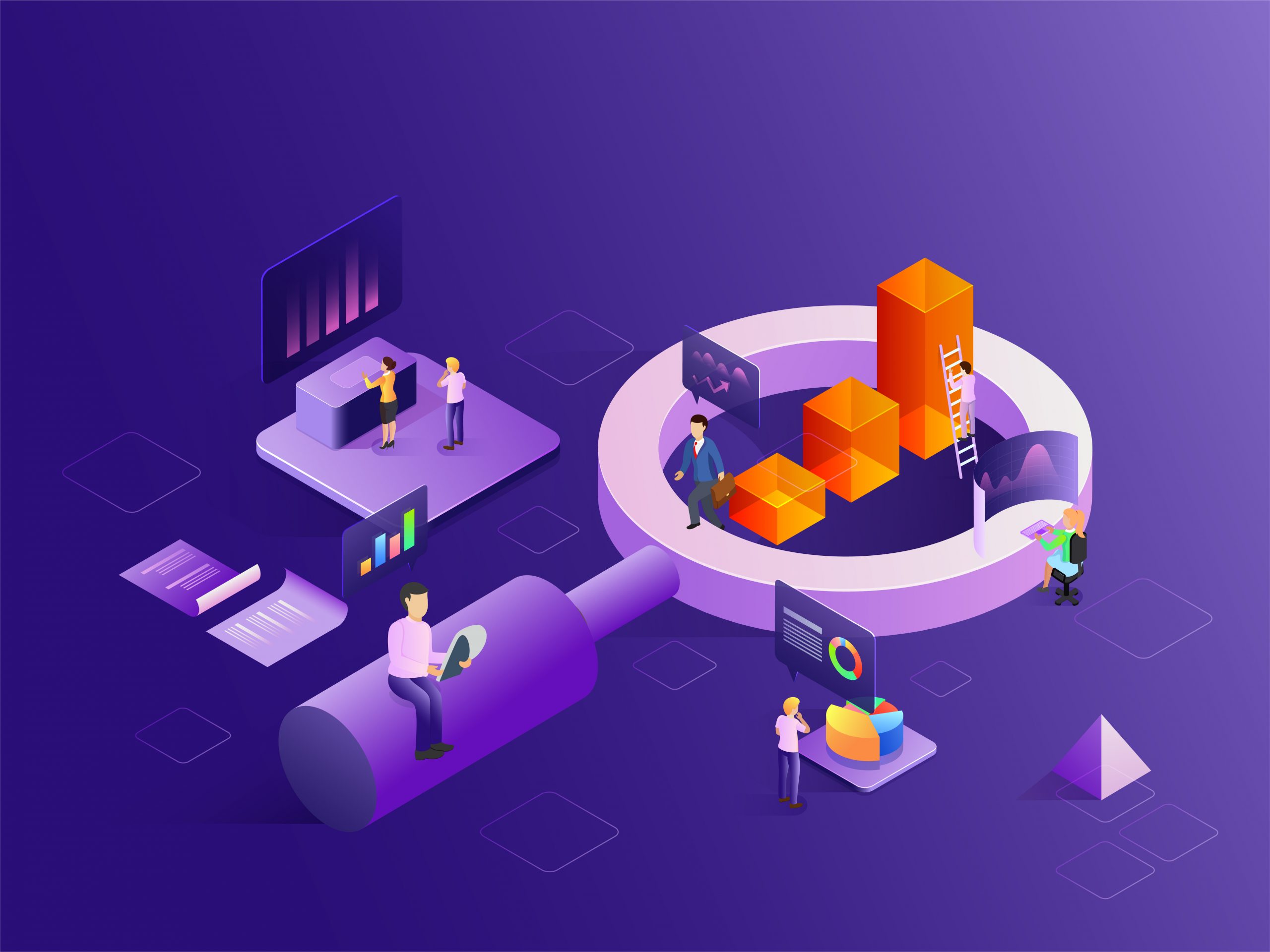What comes to your mind when someone questions you about the assets of your organisation?
Raw material, infrastructure, money, know-how, and so on. Well, to that, we would say that you missed something important that is actually driving your business. And, that something is “data”.
Data is considered as the principal asset of an association today because of the effectiveness it brings on the performance and operations.
The famous quote by W. Edwards Deming “In God we trust, all others must bring data” says it all!
But now, the question that arises is that what is data?
So, data is anything that can provide us with some valuable information. From quantitative figures like the sales per month to the qualitative information like customer reviews, everything is data and, if used right, it can help us generate valuable insights regarding our business.
Benefits of Leveraging Data for Businesses
Data can help businesses in innumerable ways like:
- Data can empower help make faster and informed business decisions backed up by facts.
- In this competitive world, being proactive is the key to winning. And data can help businesses become proactive by allowing them to analyse their needs, strengths and potential threats and formulate strategies to deal with them well in advance.
- Understanding the customer needs to develop a long-standing relationship with them is something that can put businesses under pressure. But with data, they can easily overcome this challenge as data allows us to anticipate their needs accurately.
- Data can also help to detect frauds and threats that come with technology with the help of security and fraud analytics.
- At last, allows a better insight into the financial performance of a business.
Data-Centric (meaning, approach and environment)
Having understood data, we need to understand how to use this data across an organisation to make effective and logical decisions. And that is where the data-centric approach comes into picture.
Data-centric is described as the data-driven view that enables the enterprises to make decisions on the data available across the enterprise by reflecting data across the broadest set of sources unlike the ad-hoc approach, which is the application-centric approach. A data-centric platform allows the businesses a 360-degree-level view into their master data assets, thereby, making them open and agile.
In a data-centric environment, data is the primary, as well as the permanent asset and applications, are something that come and go. The data model in this architecture precedes the implementation of any given application and stays around long even after the application completes.
Why use the Data-Centric approach
- The internal and external stakeholders of an organisation are interdependent, thereby, making it necessary to collaborate the data that powers multiple applications across multiple contexts and data-driven business applications are the only ones that can help achieve this.
- With the enterprises building smart master data management platforms for getting a 360-degree level view into their data assets, data centricity becomes essential.
- Data-centricity also becomes essential for advanced enterprises that are building data fabrics for providing a streamlined and secure access to disparate data across the cloud, as well as an on-premise deployment.
- Knowledge graphs that link vast amounts of enterprise data under a common format will also be difficult to create without data-centricity.
Benefits of Data-Centricity
- Accuracy
Effectively leveraging the data as a strategic asset ensures accurate decisions and accurate decisions in-turn improve the efficiency of the business processes.
- Speed
Data allows businesses to act fast by eliminating the latency between asking questions and finding the relevant information and resources to answer those questions.
- Easy Access
All the members of an organisation can access the data that they need to solve any kind of problem or to answer precise business questions easily.
- Reliability
A by-product of accuracy is reliability because decisions made with the help of data are more accurate and thus, reliable.
Preparing Teams for a Data-Centric Environment
Projects work best when organisation goals are aligned with those of the individuals executing the project. Thus, preparing the teams for any task, in advance, is always a best practice.
This also holds true for preparing the teams for a data-driven mindset and can be achieved by:
- Communicating Early and Often
It is vital to manage organisational change effectively and moving to data-centrism is a big exercise. It, therefore, becomes important to prepare the employees for this change by informing them about it at an early stage and helping them understand its requirements.
- Internal Reflection
This step requires looking inside the organisation and identifying the situations where access to high quality-data could have helped avoid an issue or improve efficiency. Personalising the problems and solutions this way help to ensure that the vision does not fade in the long run.
- Demonstrating the Solutions
Live demonstrations help employees overcome the resistance that they have in their minds regarding the new technologies and approaches. Thus, demonstrating the new functionalities always goes a long way.
Avoiding common pitfalls in the data-centric journey
- Since data is the centre of everything, questions related to how and when to deliver data should be addressed first as rest of the processes depend critically on these choices.
- To bring a transformation, it is necessary to make someone officially responsible for it and also empower that person with sufficient authority because transformations often languish when they do not have a proper owner or the owner does not have sufficient authority.
- Lastly, it is vital to ensure a reliable and secure infrastructure and databases which need to be provisioned by the in-house IT-team.
What does a data-centric approach ensure for upcoming/ mid-sized business?
In conclusion, the data-centric approach holds enormous potential for the upcoming as well as existing businesses. While overhauling an antiquated business model to a data-centric is no small task, the payoffs are substantial. Data-centricity can unlock tremendous value in portfolio planning, design, construction and asset management and allow the organisations to answer more questions while reducing costs and improving the scalability.




